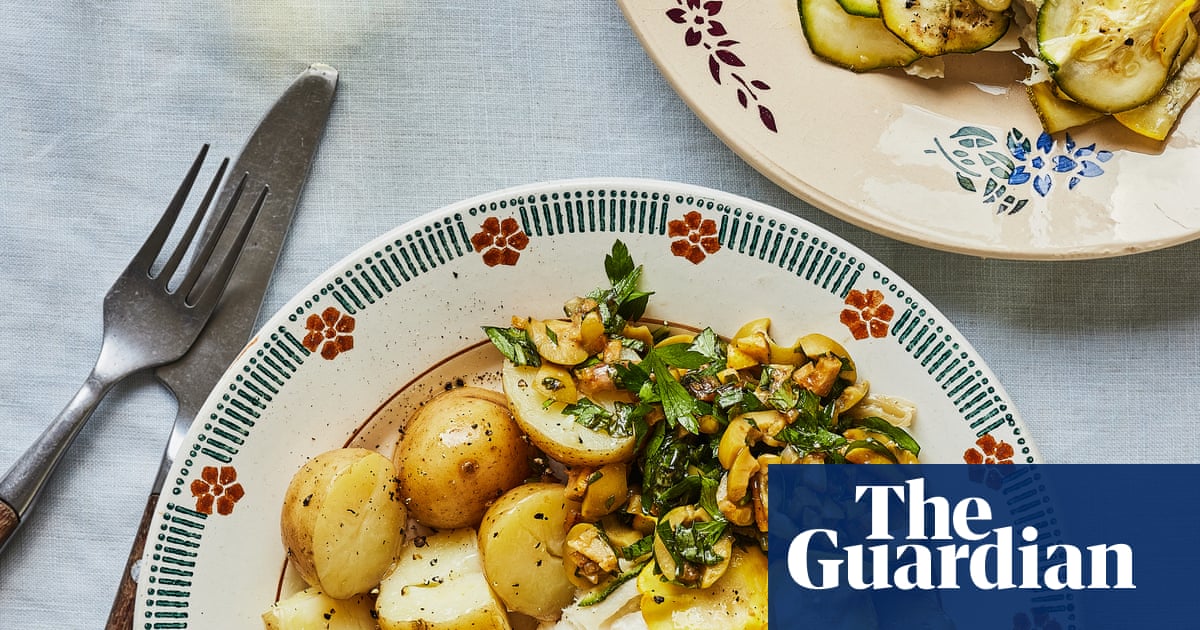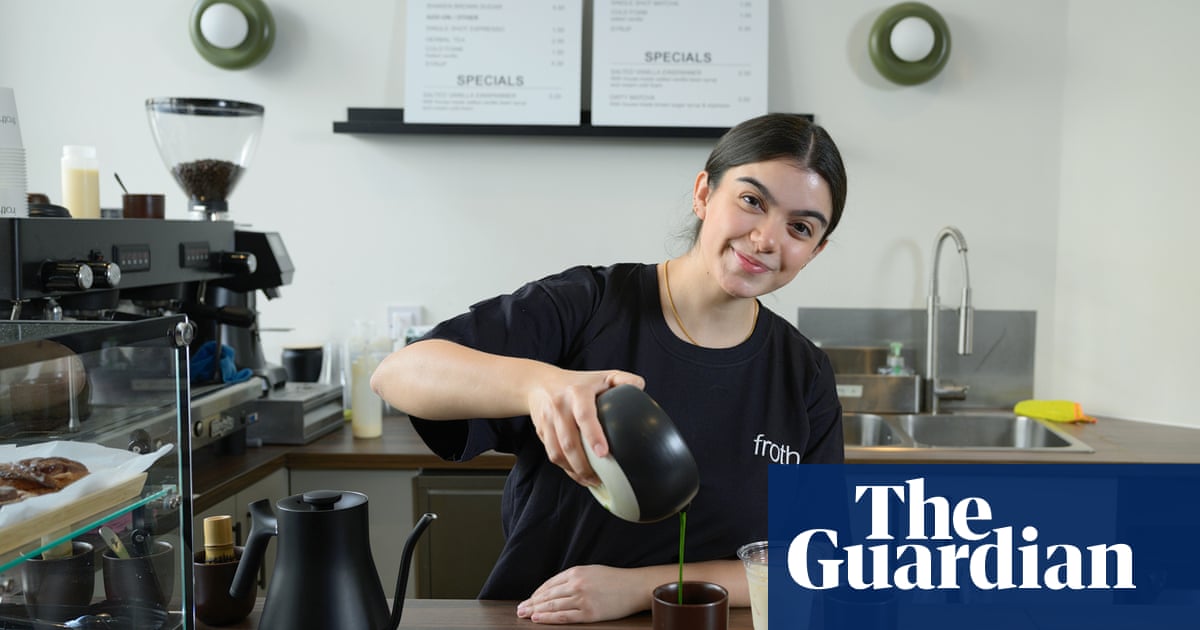When I was at university, whenever I partook in that most sacred of further educational rituals (that is, pre-drinks), my tipple of choice was an entire bottle of prosecco. More times a week than I feel comfortable disclosing here, I’d trundle down to the Tesco Express in Durham to score a bottle of Plaza Centro prosecco for the sublime price of £5.50 (it’s now a princely £7). While many other wine writers’ careers begin with a unicorn bottle from a relative’s cellar, I’m proud to say that mine started here.
Why am I telling you this? Well, not only did I feel cool sipping my fizz from a plastic flute while my friends drank rum and orange juice mixed and swigged direct from the carton, but I also loved prosecco. Today, however, I’m more indifferent, which is not to say that prosecco has got any worse or changed in any way over time. But I have. When I was an 18-year-old concerned with getting as trollied as possible in the least amount of time and at little cost, I was drawn to sweetness, as many of us are when we’re younger, and most supermarket prosecco is rather sweet – even the confusingly named “extra dry” category allows for 12-17g sugar per litre.
Nowadays, however, I crave acidity, salinity and all the punchy savoury flavours I can get. And, fortunately, there is so much Italian sparkling wine out there that isn’t prosecco. Nigh on every region in Italy has its own take. The Trento DOC, which, like prosecco, is in the north-east, produces metodo classico wines from chardonnay and pinot nero (pinot noir), which are made using the champagne method with a secondary fermentation in the bottle (prosecco, on the other hand, is produced using the charmat, or tank, method). They can command fairly high prices, but they can still be had in your local supermercato for far less than champers.
Then there’s moscato d’Asti, an off-dry, frizzante wine with a low ABV and a nose that leans towards bouquets of flowers and gentle stone fruit such as peach and apricot. I especially like it in cocktails for which you’d normally use prosecco: pornstar martini, bellini, any spritz you fancy. Franciacorta, meanwhile, is becoming increasingly popular, and also employs the metodo classico makeup of pinot nero and chardonnay. Moving down to Emilia-Romagna, you’ll find the previously-out-of-vogue-but-now-really-quite-cool lambrusco, which takes many forms and colours; the one you’re most likely to find in the UK is a deep currant colour with a vibrant effervescence. There are also many producers who feel inspired by certain vintages or regional styles and choose to make their own declassified sparkling wines.
All that said, if prosecco is your bag, have at it. It’s an eternal crowdpleaser, widely available and suited to most palates – there’s a reason the UK is the drink’s biggest consumer outside Italy. Prosecco: it’s not you, it’s me.
Four Italian fizzes that aren’t prosecco
Sainsbury’s Taste the Difference Pignoletto Brut £8, 11%. A fun, fresh sparkling wine from Emilia-Romagna. Like biting into a granny smith.
Feudi di San Gregorio Falanghina Brut £13.79 Decàntlo, 12.5%. A charmat-method wine from a favourite Campania winery. All white flowers and peach.
Ca’D’Gal Lumine Moscato d’Asti Lumine £16.80 Les Caves de Pyrene, 5%. All the classic flavours of peach and orchard fruit with a pleasing, palate-cleansing sweetness.
Ferrari Maximum Blanc de Blancs NV £26.50 VINVM, 12.5%. A fancy wine from one of Italy’s most iconic sparkling producers. Pastry, nuts and razor-sharp acidity.

.png) 2 months ago
20
2 months ago
20

















































